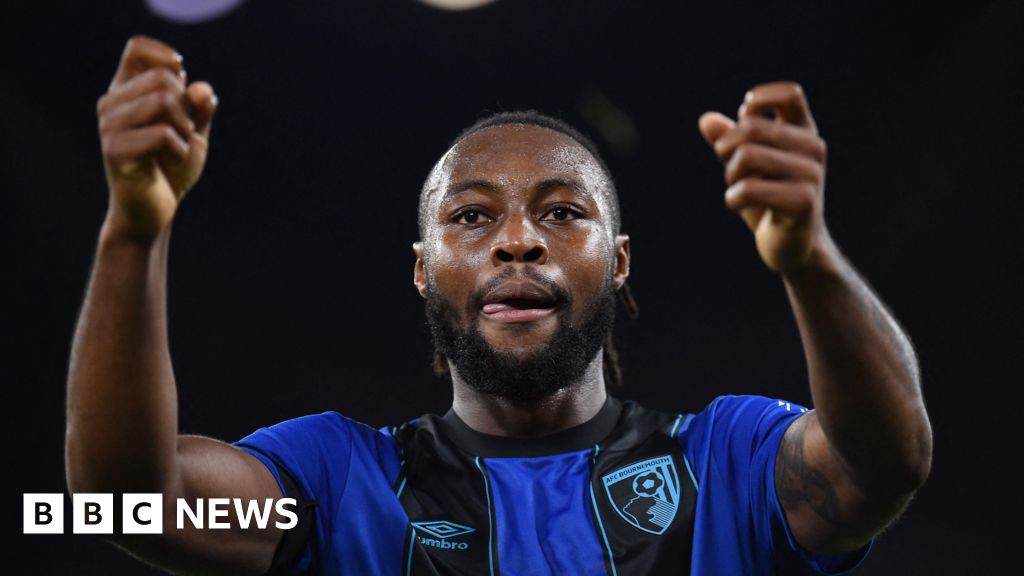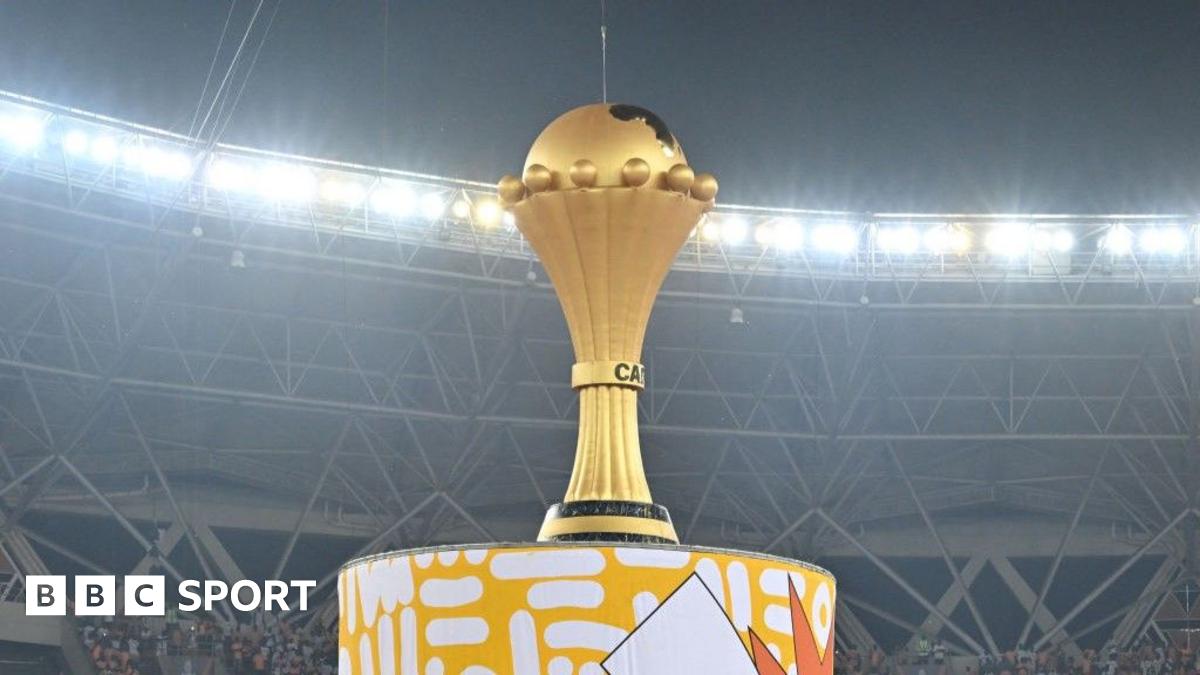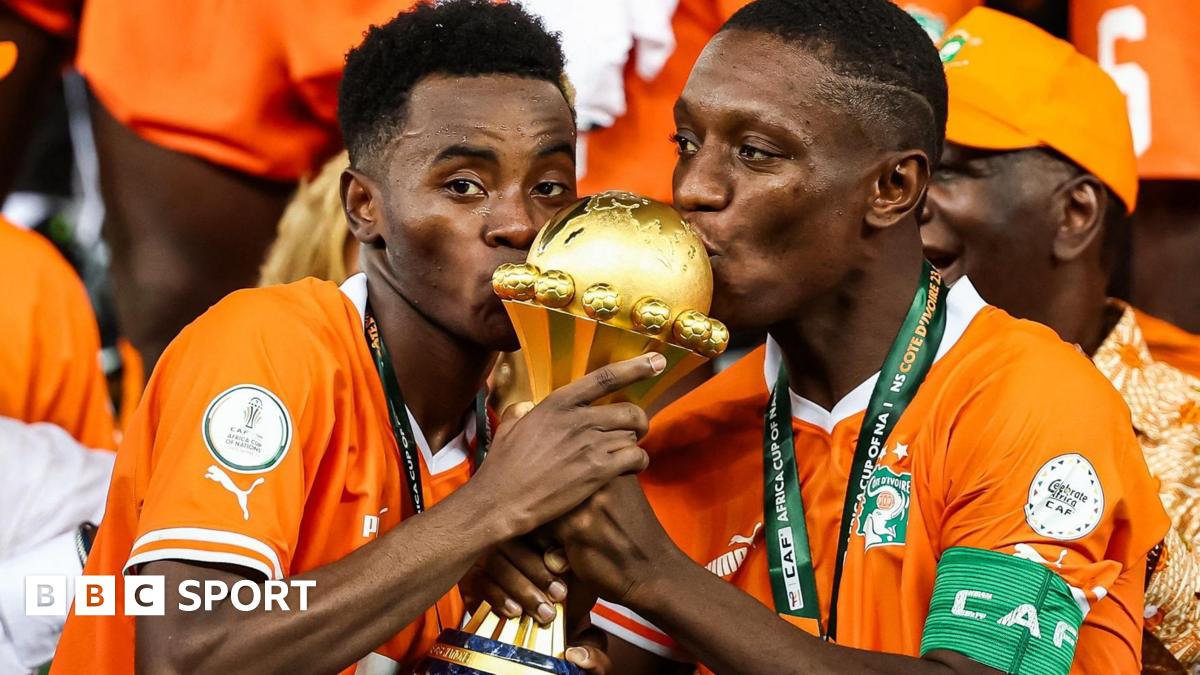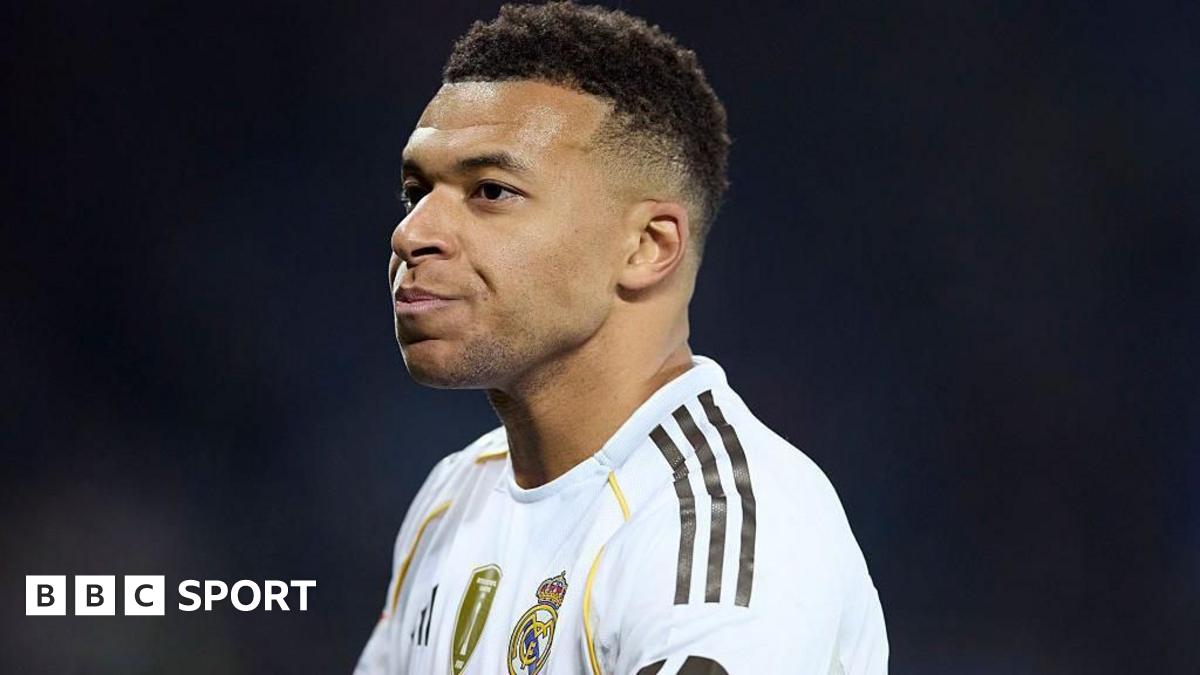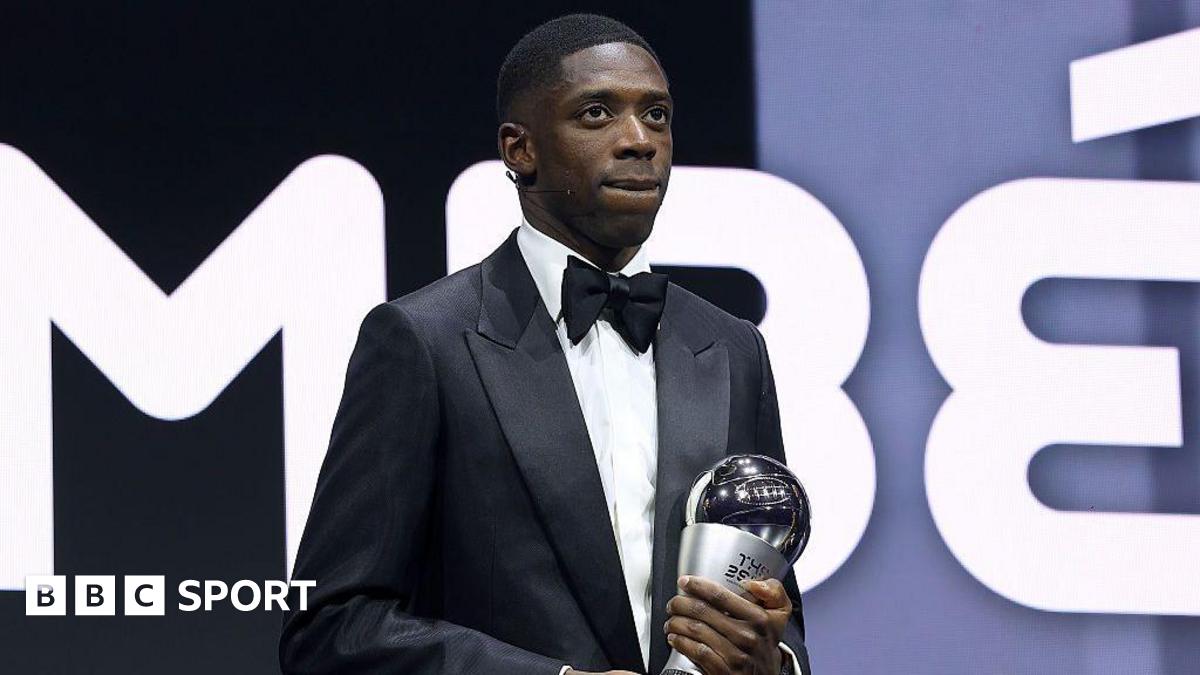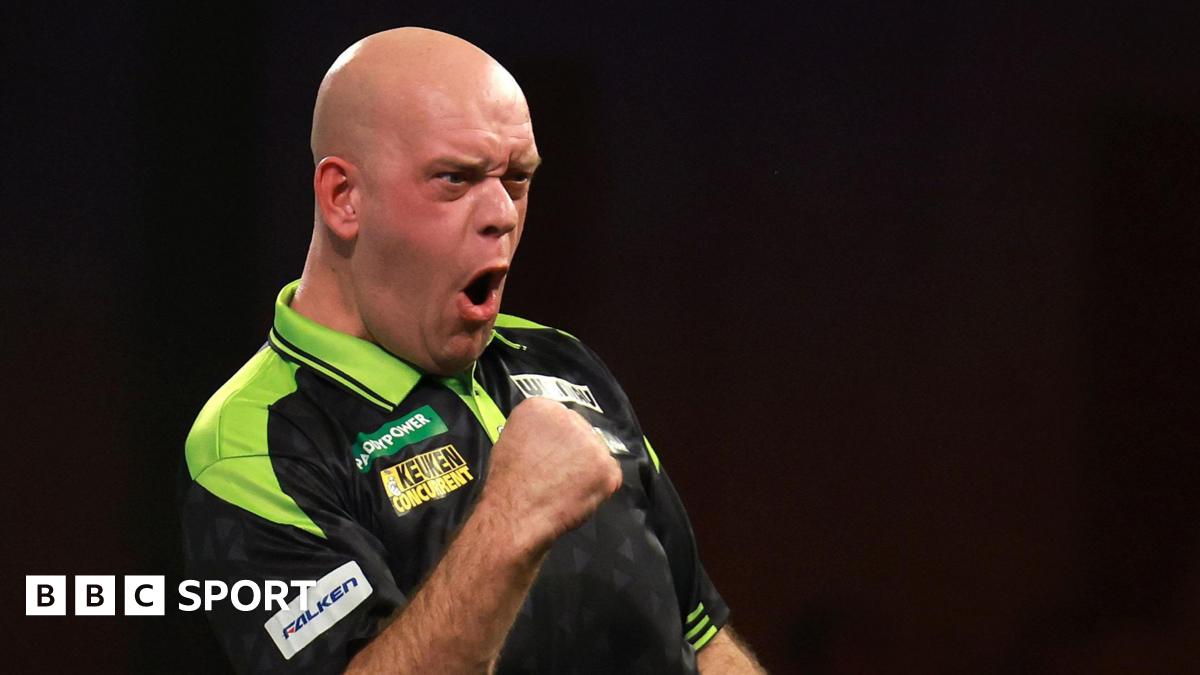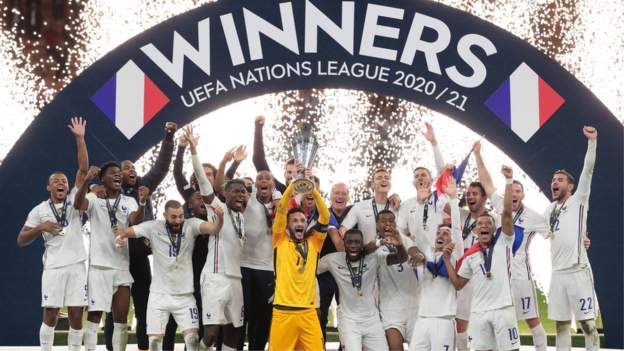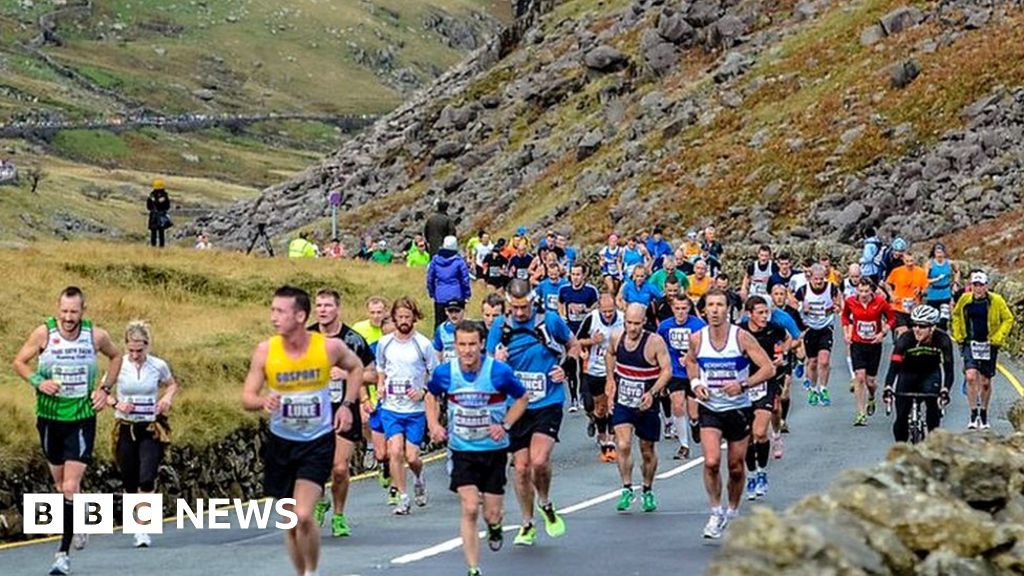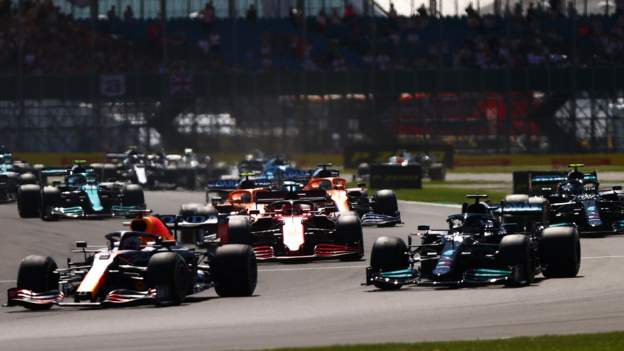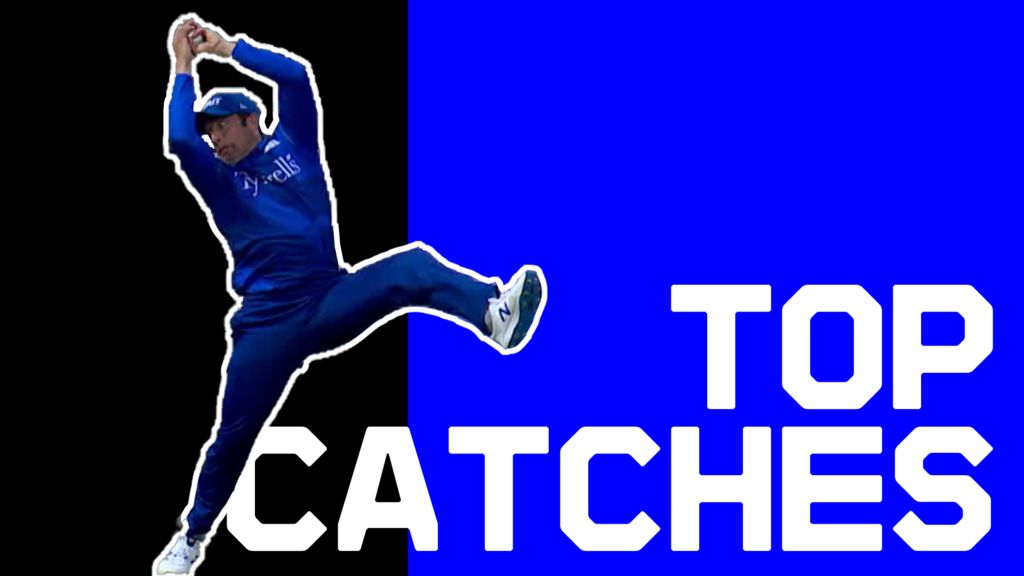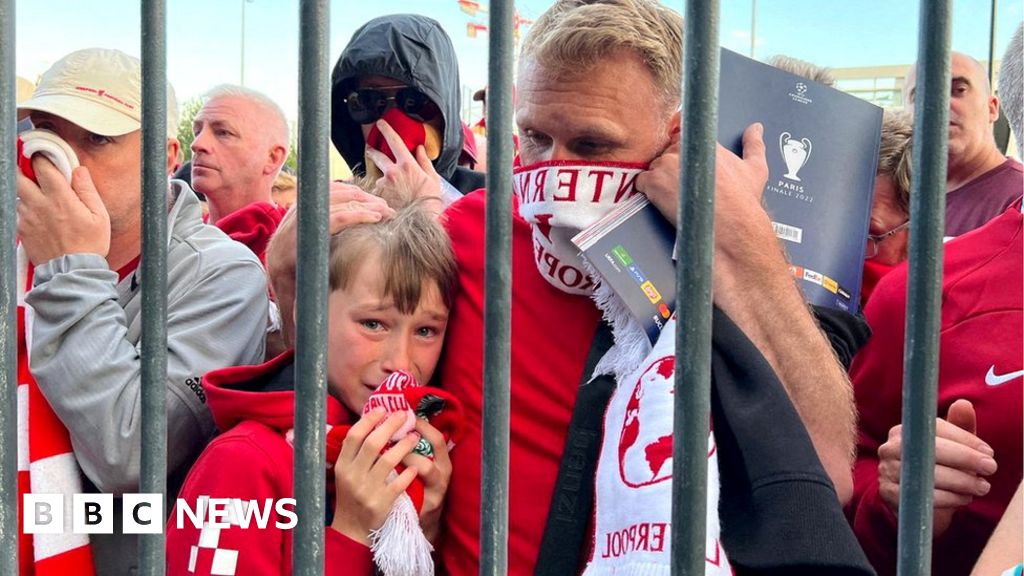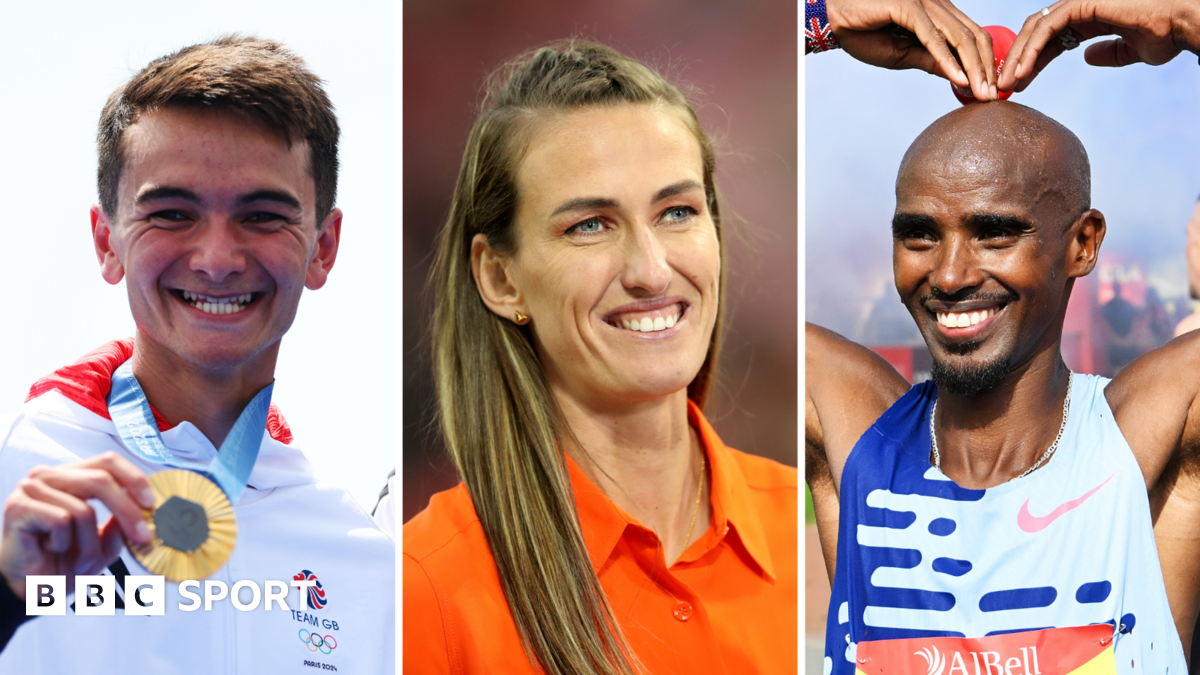The domestic season may be over but there is still plenty of football coming your way this summer, starting with this month’s Nations League finals.
The biennial international tournament, contested by European nations, is into its third iteration, with the remaining four sides gathering in the Netherlands to decide the winner.
Hosts the Netherlands, Croatia, Italy and Spain are the quartet in contention, battling it out over two semi-finals and a final between 14-18 June.
Those are just the bare bones, though, as BBC Sport brings you all the details you need for what promises to be a gripping four days of international football.
Four top-10 sides in the mix
All four sides involved in the finals are currently in the top 10 of Fifa’s world rankings.
Of the quartet, the Netherlands lead the way in sixth place, followed by Croatia (seventh), Italy (eighth) and Spain (10th).
Only Croatia come into the event with no previous Nations League final experience.
The Dutch were runners-up in the inaugural tournament won by Portugal in 2019, while Spain beat Italy in the semis in 2021, but were defeated in the final by France.
Liverpool and Netherlands defender Virgil van Dijk, said: “It can be difficult finding the energy at the end of the season but in our case, almost 10 of our squad have already experienced a Nations League final and want to win it.
“After losing the final against Portugal, we realised that we should have handled it better. It was the first edition, we didn’t really know how or what. Now the feeling is definitely there. We’d like to win the prize although Croatia is a tough team to beat.”
Croatia may be finals debutants, but they have form behind them in this season’s Nations League, having finished top of Group A1, in part thanks to a victory in France in June last year.
The Croats also had a good World Cup in Qatar, knocking out Brazil en route to the last four, where they were beaten by eventual winners Argentina, but victory over Morocco gave them third place.
The Netherlands are in a good place too, with their six-game unbeaten qualification campaign for the Nation League finals comprising part of a 20-game run without defeat under boss Louis van Gaal that was only ended in March this year by France.
They reached the last eight in Qatar before losing in a penalty shootout to Argentina.
Spain fared less well in the World Cup, suffering a surprise shootout defeat to Morocco in the last 16. Coach Luis Enrique left his role straight after, to be replaced by Luis de la Fuente.
The former Under-21s coach has had an inconsistent start, beating Norway before a 2-0 defeat by Scotland in qualifying games for Euro 2024.
Reigning European champions Italy missed out on the World Cup entirely after losing to North Macedonia in the qualifying play-offs.
Roberto Mancini’s side finished top of a competitive Nations League group that also included England, Germany and Hungary. But they’ve been inconsistent since, losing two of their four games, including 2-1 at home to the Three Lions in Euro 2024 qualifying.
Rotterdam and Enschede are ready

The two previous Nations League finals have been held in Portugal and then Italy but this month’s event will be held in the Netherlands.
The two grounds chosen for the games are the Feyenoord Stadium in Rotterdam (better known by its nickname De Kuip) and FC Twente’s De Grolsch Veste, located in Enschede.
The former will host the final.
Dutch manager Ronald Koeman, said: “We can win a trophy in our own country.
“We’ve been looking forward to this for a long time. There are four strong countries and there is little to choose between us.”
In the draw made on Wednesday 25 January this year, in Nyon, Switzerland, it was decided the hosts will face Croatia in the first semi-final, with Spain taking on Italy in the second.
| Game | Date | Round | Ground |
| Netherlands v Croatia | 14 June | Semi-final | De Kuip |
| Spain v Italy | 15 June | Semi-final | De Grolsch Veste |
| Loser 1st semi v loser 2nd semi | 18 June | Third-place play-off | De Grolsch Veste |
| Winner 1st semi v winner 2nd semi | 18 June | Final | De Kuip |
Euro 2024 qualification, format revisions and more…
As previously mentioned, this is the third edition of the biennial competition devised by Uefa to provide another competitive tournament for nations alongside the World Cup and European Championships.
The 2022-23 version began in May last year with three leagues of 16 teams and a fourth of seven.
League A – the top division – and Leagues B and C were split into four groups of four, while League D is made up of a group of four and a three.
The winners of each group in League A qualify for the upcoming finals, while the winners of each group in Leagues B, C and D secure promotion to the next league up.
Teams who finished bottom of their groups in League A and B – one of which was England – were relegated, and those in League C entered a play-off to decide who dropped to League D.
You can see how all the tables finished here.
This month, Uefa announced three of the 24 places at the 2024 European Championships will be determined by play-off spots via the 2022-23 Nations League.
Twelve teams will be selected based on their performance in the 2022-23 Nations League – nominally the group winners of Leagues A, B and C. But if they have already qualified, they will be replaced by the next best-ranked team in their league.
If there are not enough non-qualified teams in the same league, then it filters down to the next league, finishing with League D.
European football’s governing body also revealed this year that it will revise the Nations League format for 2024-25, which will include the introduction of quarter-finals and promotion play-offs to make it a “more compelling” competition.
Uefa has also announced a Women’s Nations League will begin in autumn 2023 in the build-up to the 2025 Women’s European Championship.


